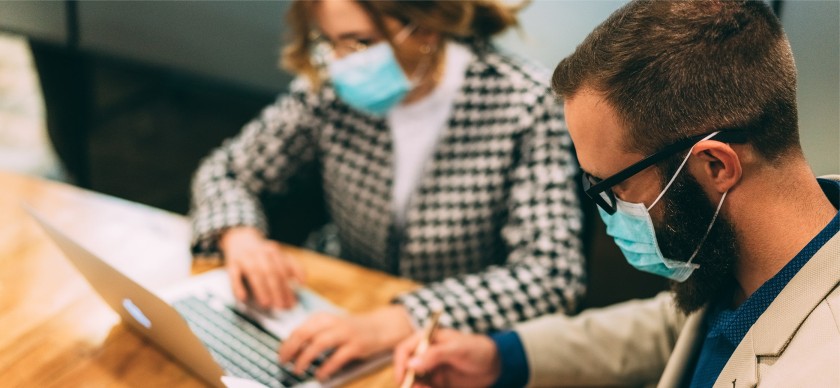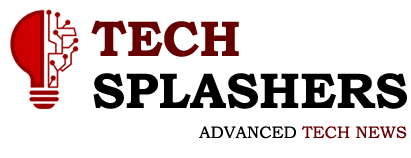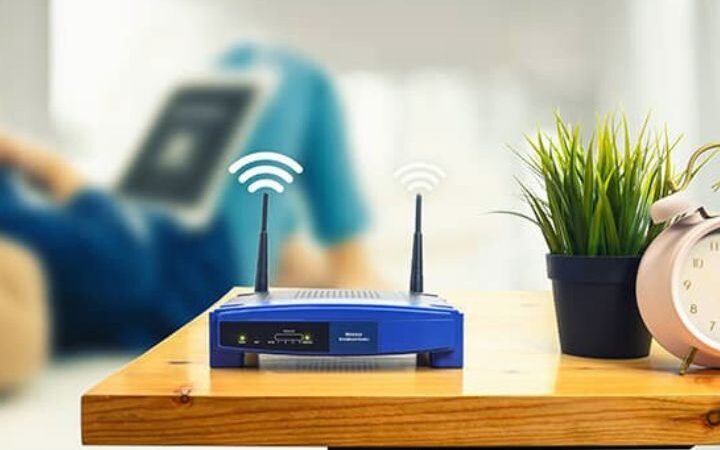New Technologies And The Battle Against Covid-19

There are many technologies that have been incorporated into our daily lives, making our lives easier and changing our habits and customs. In the current situation in which we find ourselves immersed, in the battle against Covid-19, the use of these new technologies can represent a considerable advance in reducing the spread of the pandemic, although at the same time, the possibility arises that, if the principles and rights regulated by data protection regulations are not taken into account for its design, we may suffer a setback in freedom and privacy protection.
Table of Contents
What Are Te Technologies That Governments Are Applying In The Face Of The Pandemic?
The AEPD has included on its website a specific section called “data protection and coronavirus” where you can find a set of resources that are updated as events related to the processing of personal data and Covid-19 develop and take place. 19.
Recently a study has been published “The use of technologies in the fight against Covid-19. A cost-benefit analysis ”. In it, the different technological resources and the consequences of their application are collected.
Geolocation Of Mobiles By Telecommunications Operators
In this case, mobile phone operators provide anonymized information on the location of users. With these data, estimates can be made to see population movements. The Government and the European Commission have requested the operators to provide this type of information.
Consequences Of Use: Access to this data properly encrypted and applying technical and organizational security measures would not pose a greater risk than the one that already existed before the pandemic.
Geolocation Of Mobiles From Social Networks
The IP addresses from which we access the Internet can be known by the administrators of the web pages. This use is something common that is already being developed by large providers such as Facebook and Google, which have conditions of use and privacy policies with legal bases that are not adequate to carry out these treatments.
Consequences Of Use: These data could be of help to the authorities, but this requires defining a clear purpose by the health authorities and justifying to what extent this is a better source than others.
Apps, Webs And Chatbots Of Self-Test And Appointment
The use of these resources has been and is the most widespread, in the question and answer tests, information inquiries and previous appointments are introduced. They represent a benefit since they facilitate access to information by freeing up other means such as the telephone.
Consequences Of Use: Depending on how they are made and if the principles of the RGPD have been taken into account for their development and design, they may be an appropriate tool. The report includes examples of applications used by some autonomous communities.
In this sense, it should be noted that the AEPD itself has initiated investigations into the application of tracking possible infected by Covid-19 that is being developed by the Secretary of State for Digitalization and Artificial Intelligence. For its realization, they have not counted on her advice, nor request for previous legal reports.
Voluntary Contagion Information Apps
These applications arise instantaneously and in some cases by citizen initiatives to create their own statistical maps of spread. They are based on data that users have provided voluntarily, this information “theoretically” is not filtered by the authorities.
Consequences Of Use: In the event that the purposes were not altruistic and also for their development they had not guaranteed the privacy of the people, the confidentiality of this data would be jeopardized. In addition, the result has to be obtained from a significant sample to avoid causing social stigma due to the level of infection. They are not reliable.
Bluetooth Contact Trace Apps
The apps installed on the mobile use Bluetooth to send the card (it contains the identity data/nickname) and in turn collect the cards from other devices that it encounters on its way. In the event that one of the users was infected, he could communicate it to the rest of the people with whom he was in contact in the last days and thus they can assess the health actions to be taken.
Consequences Of Use: It is necessary to involve a high number of users, at least 60% of the population and that the declaration responsible for the infection situation is supervised by a professional to avoid misinformation strategies. Furthermore, access to the test must be guaranteed by all users notified in contact with the infected. The AEPD considers its practical application difficult.
Immunity Passports
It is an identity document on the mobile phone, which shows through colours or a QR code the state of infection in which the user is if he is infected or presumably immunized.
Consequences Of Use: The main risks are system vulnerabilities and access to this data by cybercriminals or crossing with other data, in addition, it would leave unprotected those who do not have access to this type of terminal. They would have to be developed by personnel specialized in pandemic control, it could be successful in very specific areas.






